Mulch vs. Bark Dust: 5 Surprising Benefits of Landscaping Your Gardens
Landscaping is about more than just curb appeal — it’s an ongoing commitment to creating a thriving outdoor ecosystem. Whether you’re a weekend gardener or a landscaping professional, materials like mulch and bark dust play a vital role in that process. Both enhance soil health, moisture balance, weed suppression, and overall garden beauty, while also contributing to sustainable, eco-conscious gardening practices.
Though they share similarities, mulch and bark dust each bring unique benefits to your garden. Mulch typically includes a mix of shredded wood, leaves, compost, and grass clippings, offering versatility and a nutrient-rich finish. Bark dust, made from finely shredded bark, tends to create a more uniform and decorative appearance while improving soil structure over time. Together, they represent two of the most effective and environmentally friendly options for maintaining healthy, attractive gardens year-round.
1. Soil Enhancement
Healthy soil is the foundation of a successful garden, and mulch and bark dust are powerful tools for improving its structure and composition. As they decompose, they release valuable organic matter that enriches the soil with nutrients like nitrogen, potassium, and phosphorus. This slow, natural breakdown process improves the soil’s fertility, allowing plants to access essential minerals and thrive without the overuse of synthetic fertilizers.
In addition to replenishing nutrients, mulch and bark dust improve aeration and drainage. Their layered structure prevents soil from becoming compacted, which promotes root expansion and oxygen circulation. When the soil breathes better, beneficial organisms such as earthworms and microbes flourish, further enhancing the garden’s vitality. These microorganisms convert organic materials into nutrients that plants can easily absorb, maintaining a steady nutrient cycle that supports long-term garden health.
Another critical function is erosion control. Heavy rainfall and strong winds can strip away the upper layer of soil where most plant roots and nutrients reside. A thick layer of mulch or bark dust acts as a protective cover, minimizing water runoff and holding the soil in place. According to LawnLove.com, a two to three-inch layer of mulch not only improves moisture retention but also helps stabilize soil and protect against surface erosion. This defense preserves topsoil integrity and prevents costly nutrient loss.
2. Moisture Retention
Water conservation is an ongoing concern for gardeners, especially in areas with dry climates or strict watering regulations. Mulch and bark dust form a natural barrier that reduces evaporation by shading the soil from direct sunlight. This barrier ensures that moisture stays available to plant roots for longer periods, decreasing the need for frequent watering and creating a more self-sustaining garden system.
Mulch also acts as an insulator, regulating soil temperature throughout the seasons. During the summer, it keeps soil cool and reduces heat stress on plants, while in winter, it helps retain warmth around roots, protecting them from frost damage. This thermal balance promotes stronger, deeper root systems that are better equipped to absorb water and nutrients efficiently. With consistent hydration and protection, plants grow healthier, produce more blooms, and are less susceptible to drought conditions.
Furthermore, the consistent moisture levels provided by mulch and bark dust help prevent soil cracking and crusting — two common issues in unprotected garden beds. This stable environment benefits plants of all kinds, from ornamental flowers to fruit trees and shrubs, creating a thriving garden ecosystem that requires less manual intervention over time.
3. Weed Suppression
Weeds can quickly overtake a garden, stealing vital nutrients and competing for sunlight. Mulch and bark dust offer a natural and effective solution by creating a dense cover that blocks sunlight from reaching the soil surface. Without sunlight, weed seeds struggle to germinate, reducing the number of unwanted plants in your beds. This barrier can cut down weeding time dramatically, making garden maintenance far easier and more enjoyable.
Because mulch and bark dust minimize weed growth, they also reduce the need for chemical herbicides. Eliminating the use of these products contributes to a safer garden environment for pets, children, and beneficial wildlife. The absence of chemicals promotes a healthier ecosystem and prevents contamination of nearby water sources. Over time, maintaining a mulch layer of about two to four inches will ensure that weeds remain under control while your garden retains its clean, polished appearance.
In addition, the neat, weed-free look of a mulched garden enhances its overall aesthetic appeal. Whether you choose the fine texture of bark dust or the coarser feel of traditional mulch, both provide a refined, finished look that keeps garden beds looking tidy year-round.
4. Aesthetic Appeal
Landscaping is as much about appearance as it is about function. One of the easiest ways to elevate your garden’s visual appeal is through color and texture contrast. Mulch and bark dust come in a variety of shades — from earthy browns to deep blacks and even dyed reds — giving homeowners the creative freedom to design visually cohesive spaces. The right color choice can complement plant tones, define pathways, and create dramatic visual depth.
Texture plays an equally important role in landscape design. Fine mulch creates a smooth, even surface ideal for formal garden layouts, while coarse bark dust introduces dimension and a rustic charm suitable for natural landscapes. Using these textures strategically can help define zones within the yard, such as seating areas, pathways, or focal plant groupings. Together, color and texture create a professional, well-balanced finish that adds sophistication and structure to any garden.
Refreshing mulch or bark dust annually is also a simple way to rejuvenate the look of your garden. Over time, organic materials fade or decompose, so replacing the top layer restores color vibrancy and keeps the landscape looking polished. Seasonal color changes — for example, warm tones in autumn and lighter shades in spring — allow homeowners to align their gardens with the natural rhythm of the year.
5. Pest Control
Beyond visual enhancement, mulch and bark dust can serve as an integral part of natural pest management. Certain types, like cedar mulch, emit aromatic oils that repel insects such as ants, mosquitoes, and termites. This built-in deterrent helps protect garden plants without relying on synthetic pesticides, making it a safer option for both the environment and garden inhabitants.
In addition to repelling pests, mulch and bark dust help maintain a cleaner garden environment by disrupting pest breeding grounds. When soil is covered, many pests lose access to their preferred nesting areas. The result is fewer insect infestations and reduced damage to plants. These materials also encourage beneficial insect activity; predatory beetles and ladybugs thrive in mulched environments, feeding on pests and helping maintain a balanced ecosystem naturally.
Another benefit of mulch is disease prevention. By acting as a physical barrier, it prevents soil from splashing onto plant leaves during rain or watering — one of the main ways that soil-borne pathogens spread. This reduces the risk of common plant diseases, ensuring stronger, healthier growth over time. By minimizing the need for chemical pesticides and fungicides, mulch and bark dust support sustainable, organic gardening practices.
Mulch and bark dust are more than simple decorative additions — they are the unsung heroes of modern gardening. From enriching the soil and conserving water to suppressing weeds and supporting local ecosystems, these materials offer an impressive range of functional and aesthetic advantages. Their ability to enhance plant health, regulate temperature, and foster biodiversity makes them indispensable tools for both novice and experienced gardeners.
Whether you prefer the fine, even finish of bark dust or the textured look of traditional mulch, incorporating these materials will elevate your garden’s beauty and performance. Their long-term benefits extend far beyond appearance, creating a foundation for a thriving, sustainable landscape. With just a few inches of mulch or bark dust, you can transform your garden into a healthier, more resilient, and more visually stunning outdoor space. Reach out to Read Bark Inc today.


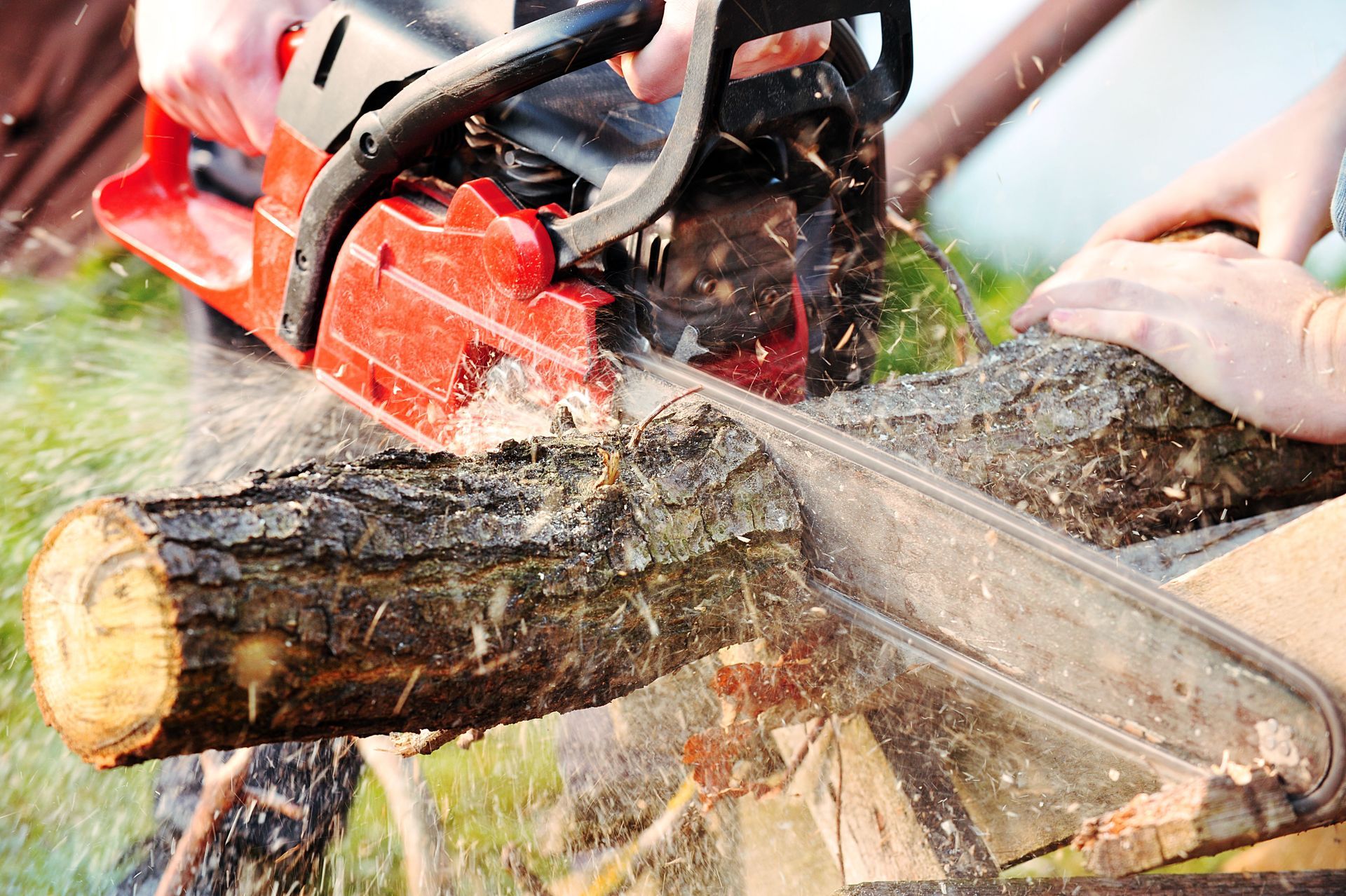
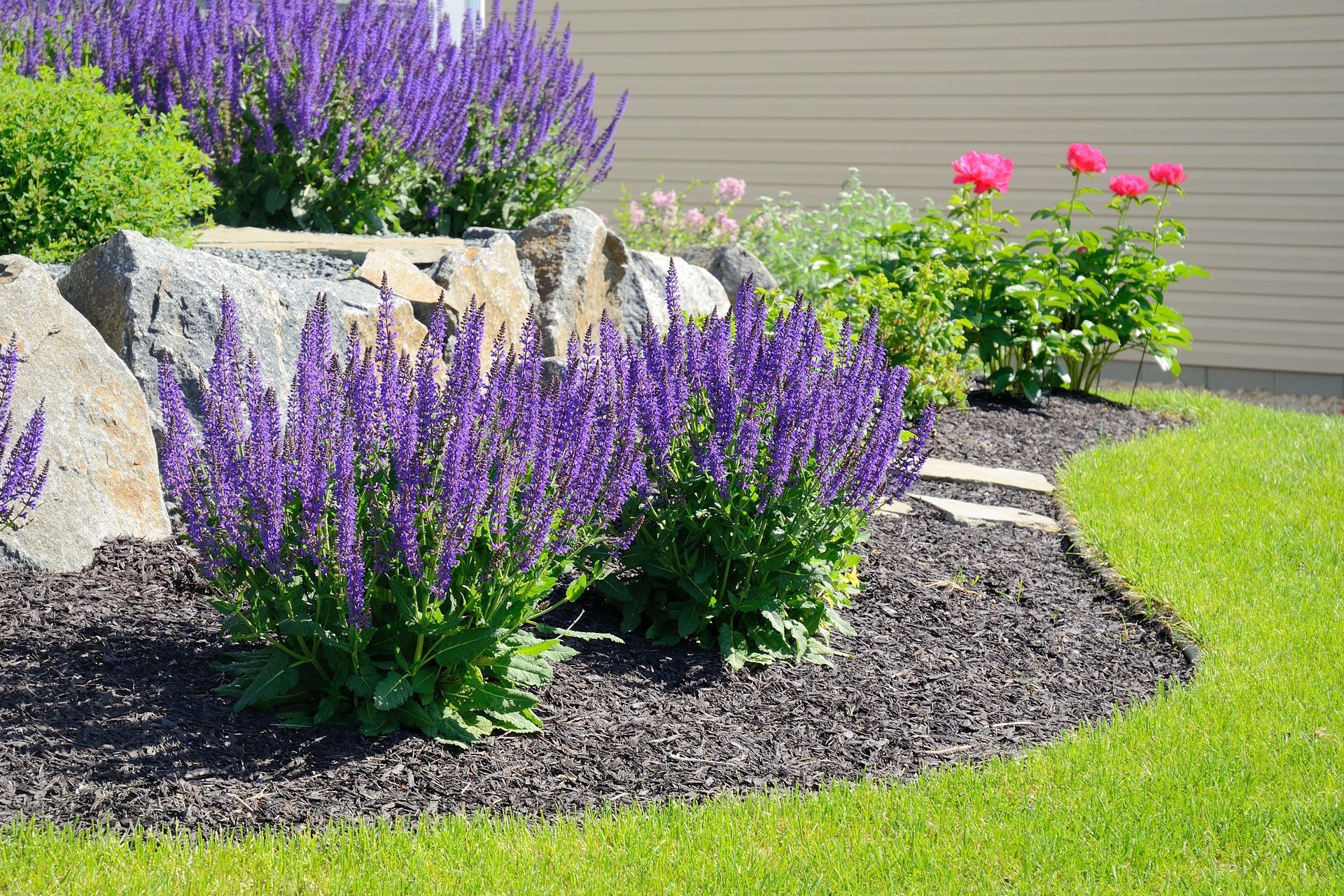
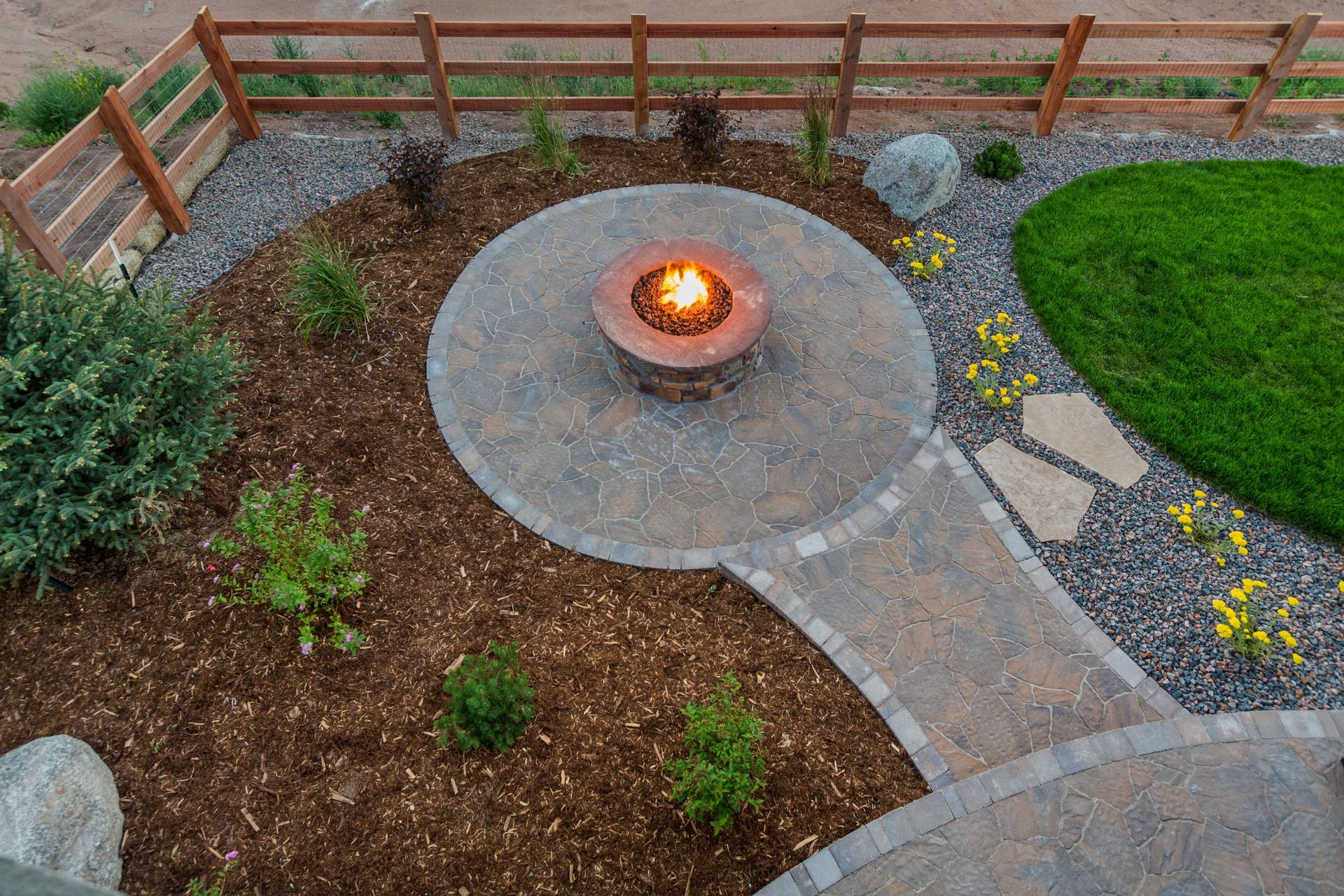
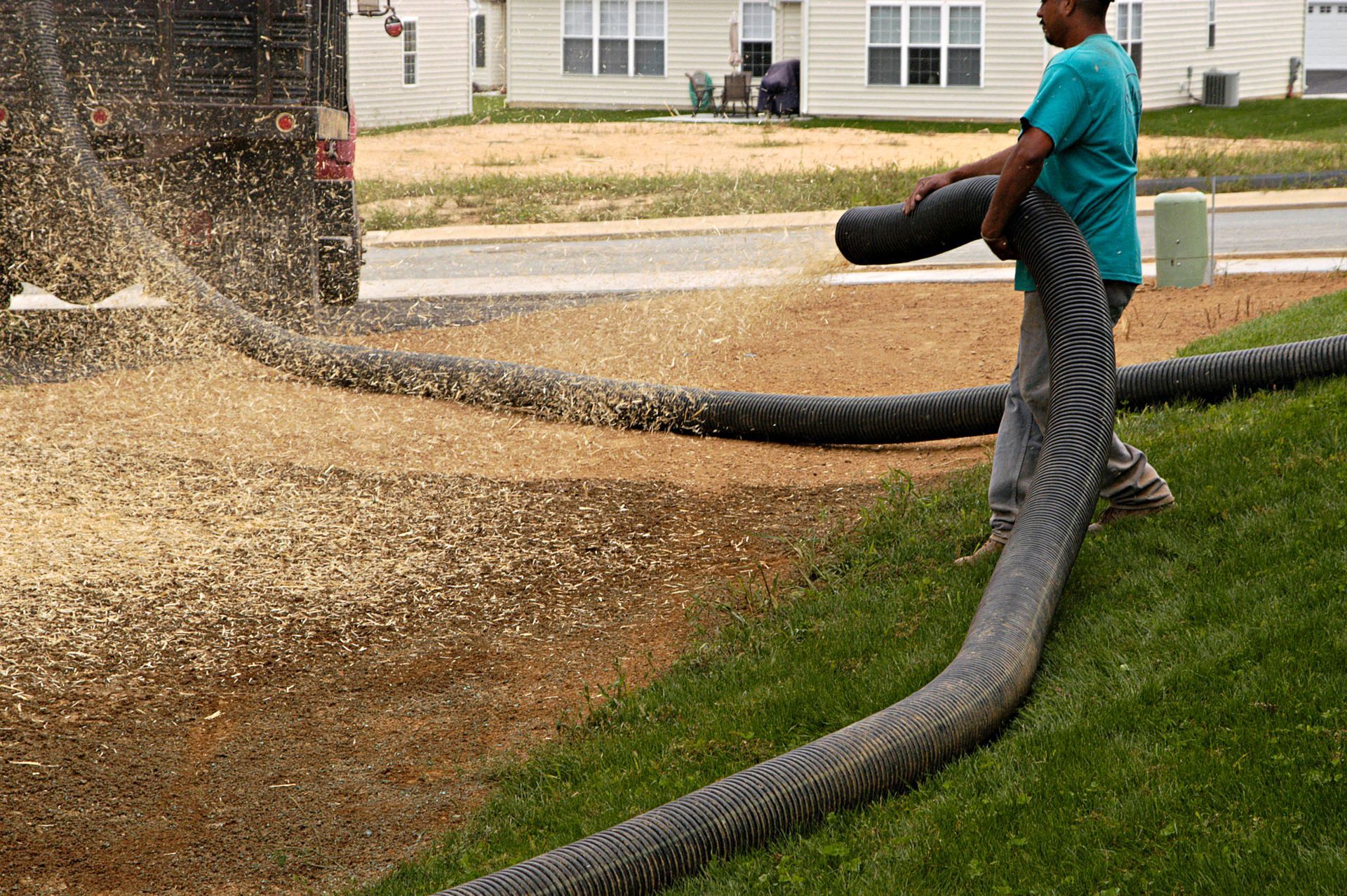
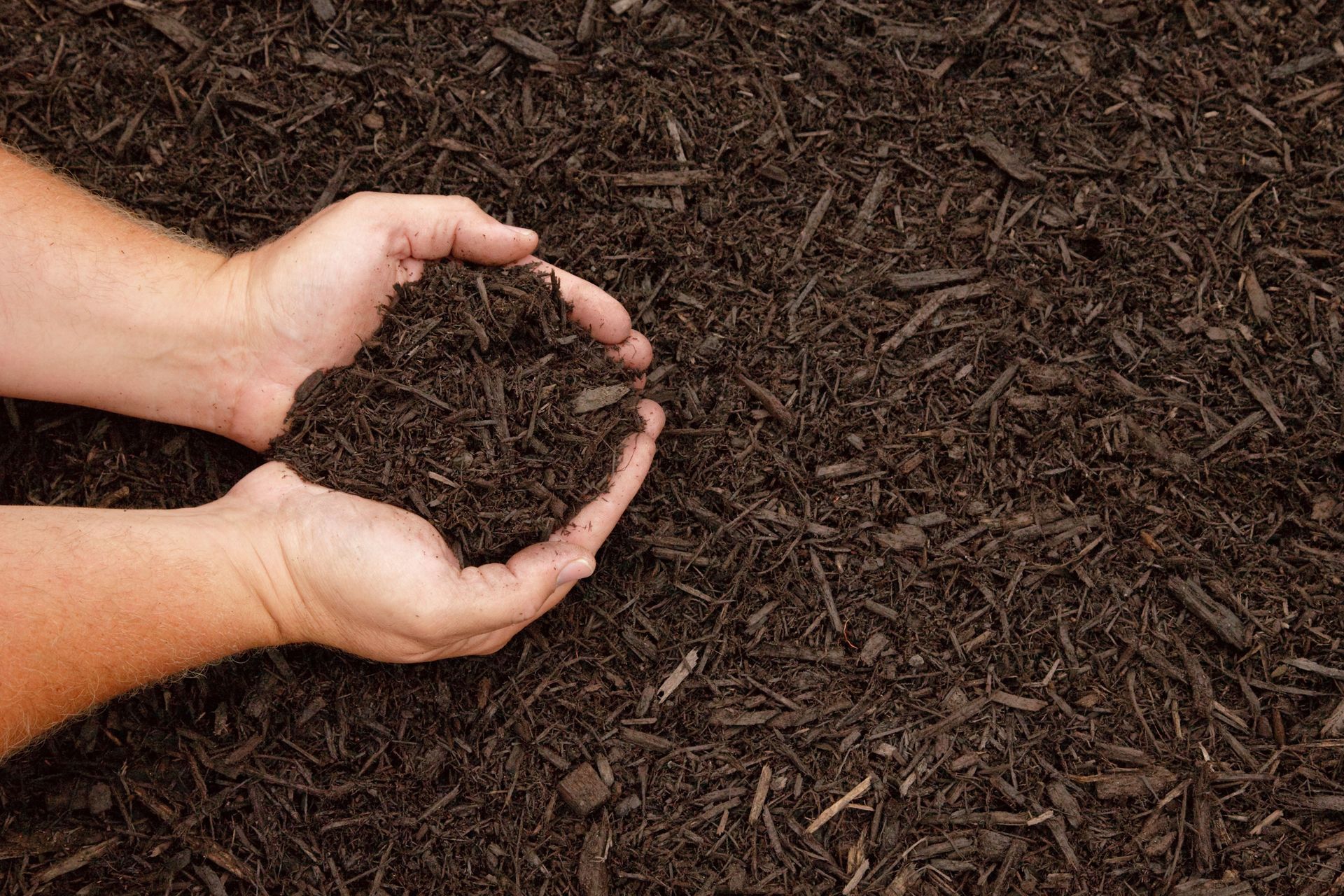
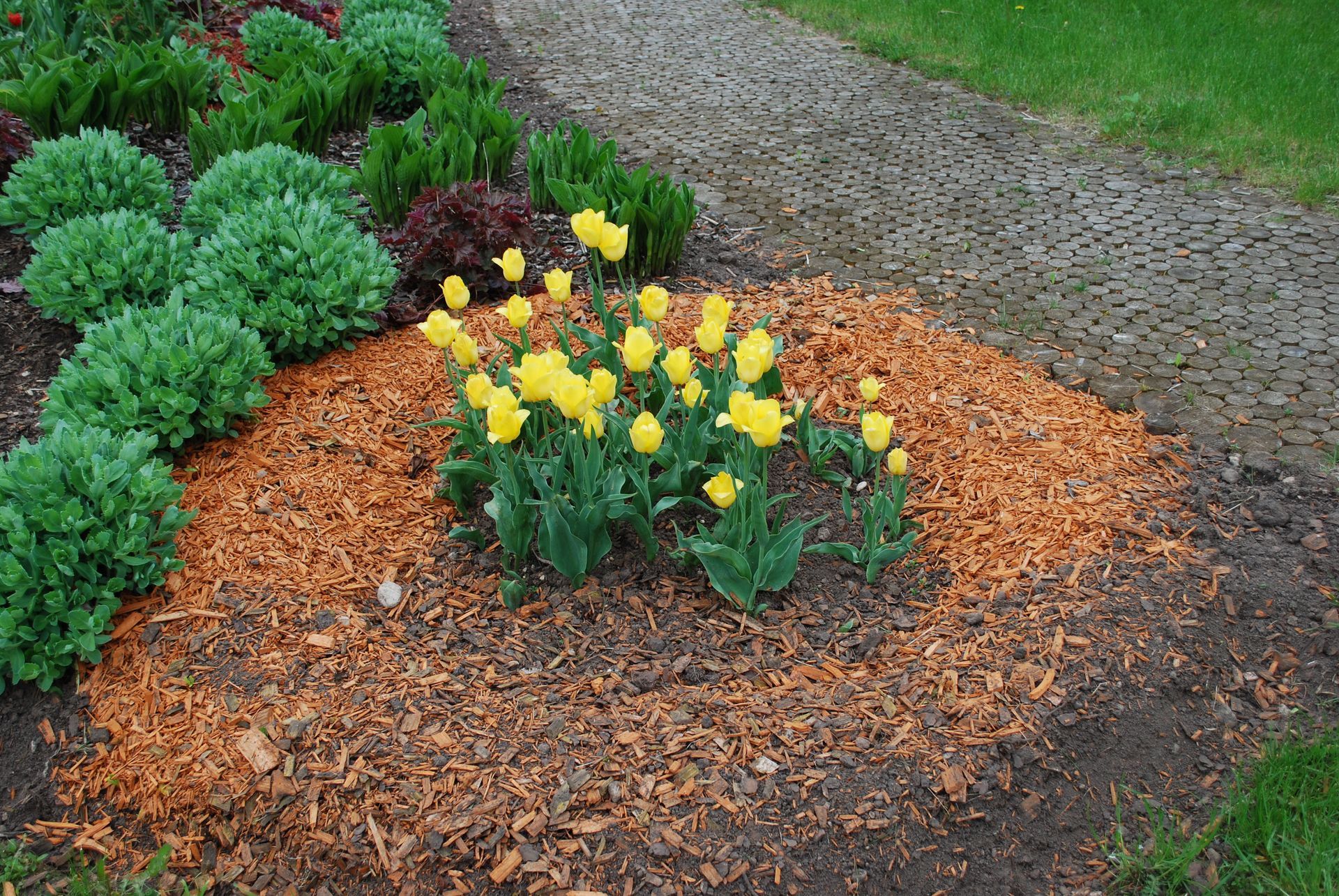
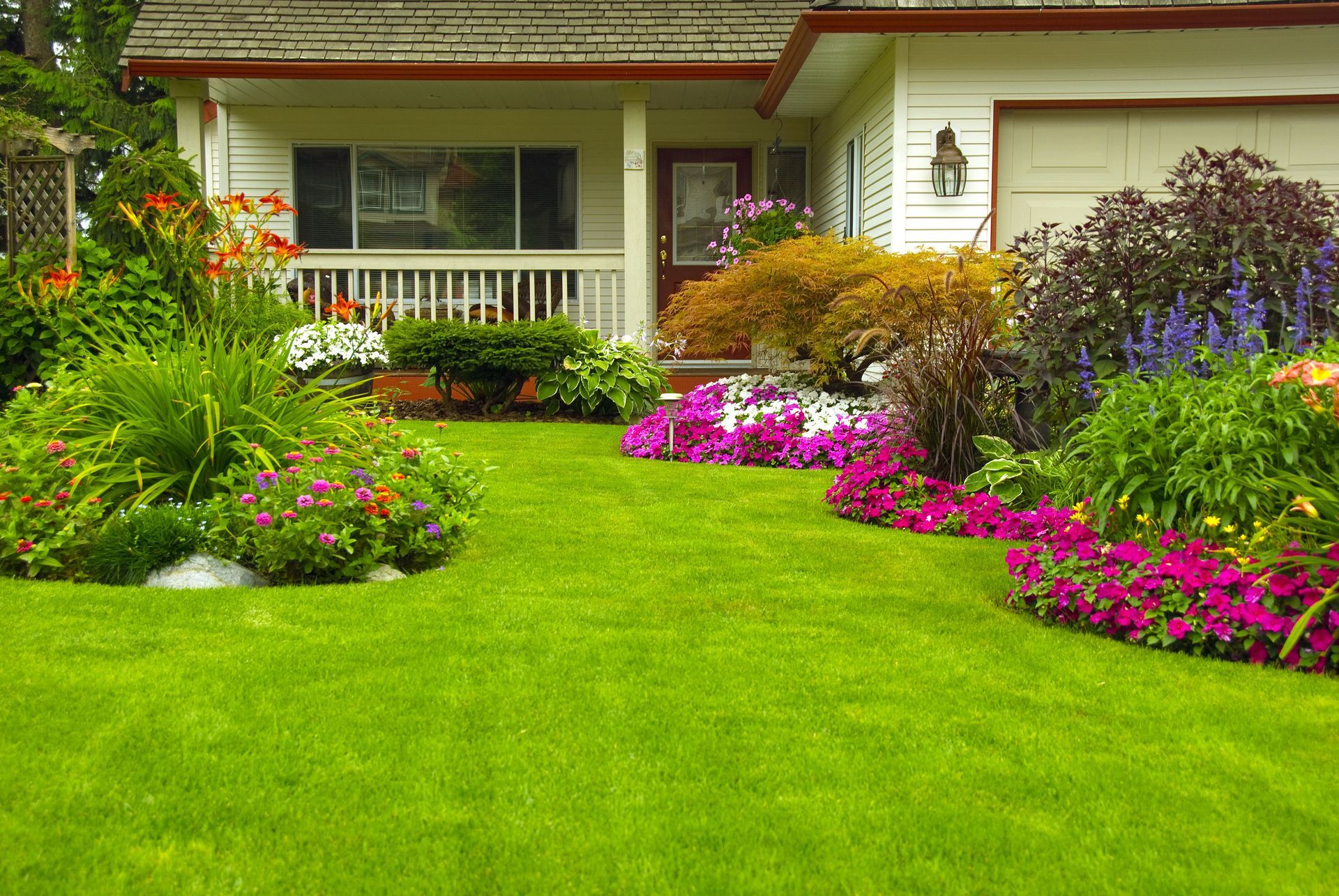
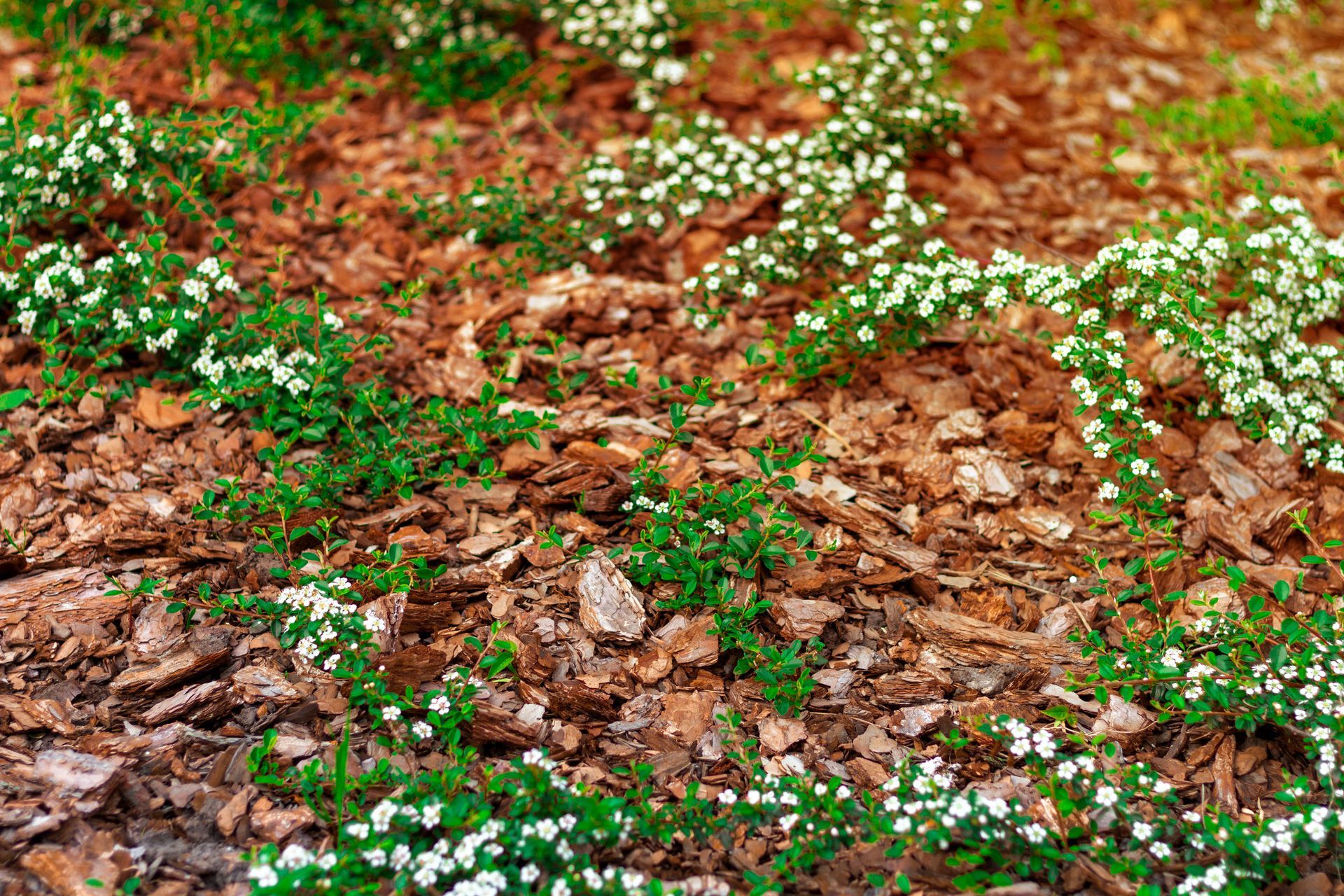
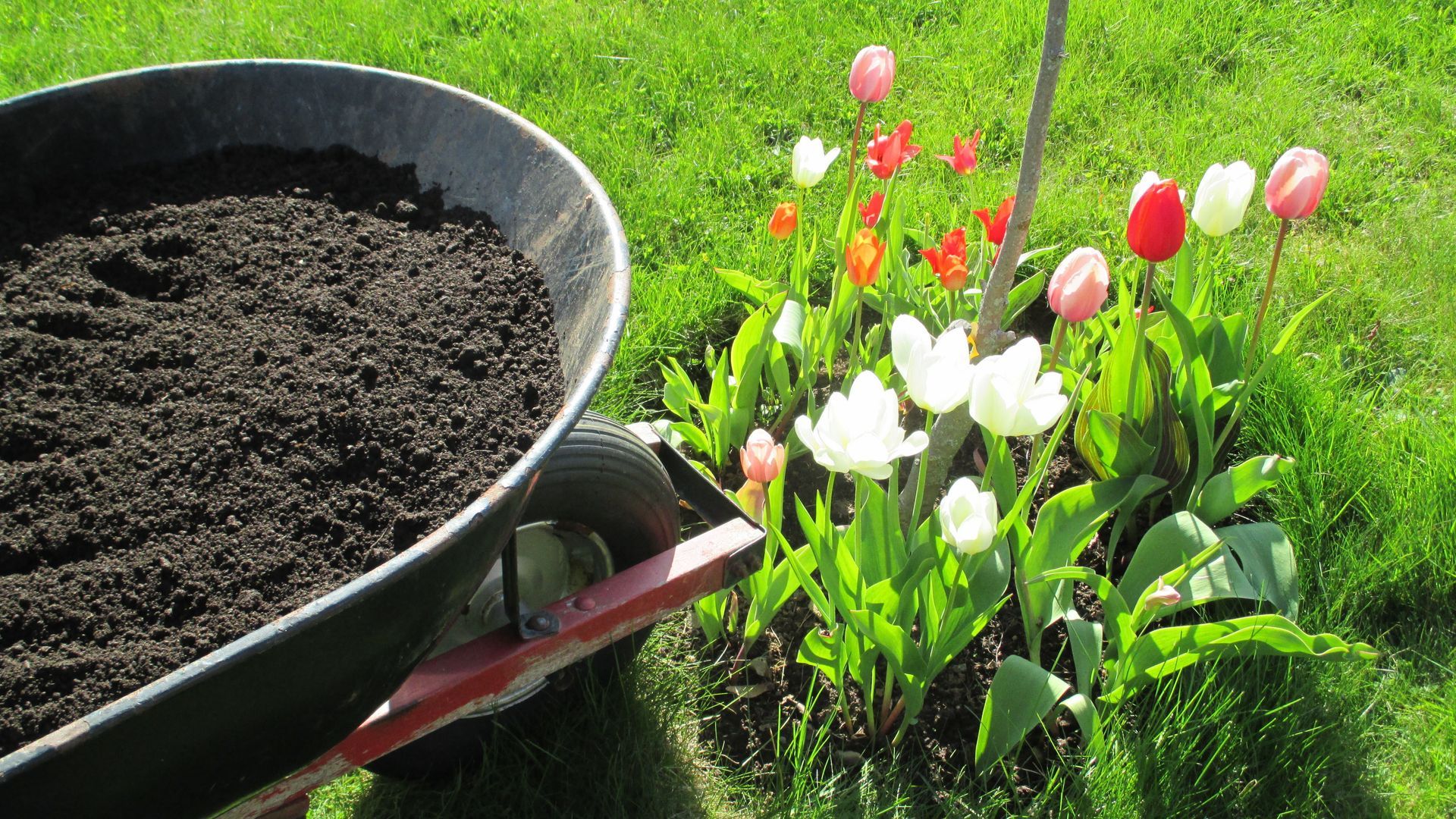
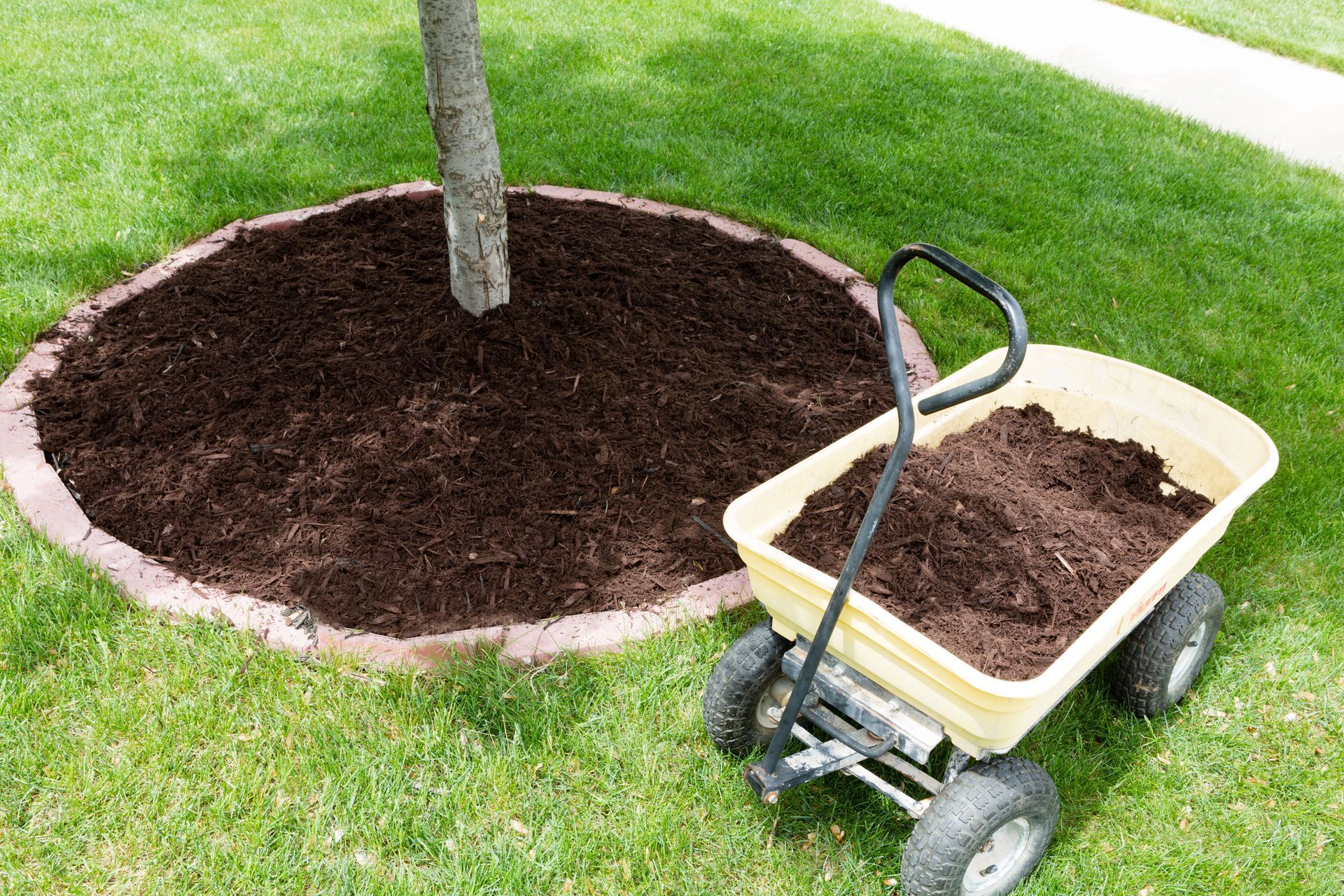
Share On: